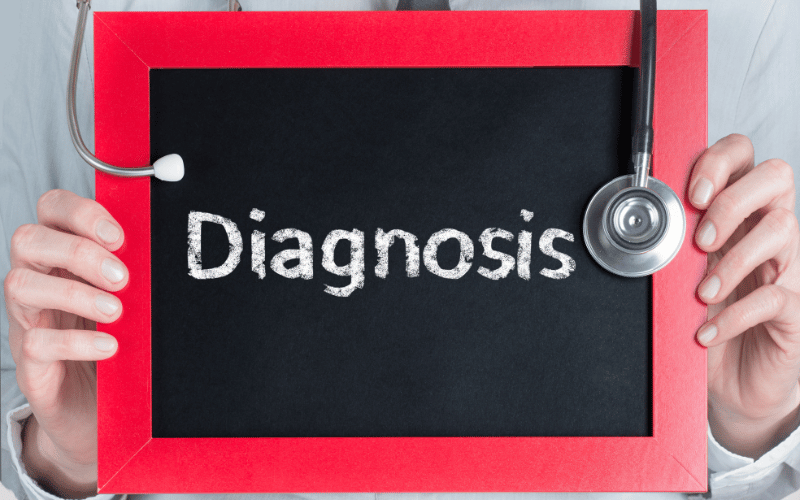5. Molluscum Contagiosum: The Art of Diagnosis

Diagnosing MC, for most dermatologists, is often straightforward due to its unique appearance. However, the journey to a definitive diagnosis is layered with intrigue, history, and technological advancements.
Historically, MC diagnosis was primarily clinical, relying on the trained eyes of physicians. The tell-tale signs were the firm, dome-shaped papules with a central dimple. Yet, like all clinical presentations, anomalies occur, leading to diagnostic challenges.
With the advent of technology, tools like dermoscopy, a technique employing a magnifying lens and light, allowed for a closer inspection of the lesions. This not only reaffirmed the clinical diagnosis but provided deeper insights into the lesion’s architecture.
But the world of MC diagnosis isn’t limited to just visual assessments. Biopsies, though not routinely done, can offer definitive answers, especially in atypical cases. When sampled, the lesion showcases molluscum bodies, the virus’s hallmark, under the microscope.
Furthermore, the realm of molecular diagnostics is now emerging. Techniques that can identify the virus’s DNA or RNA can offer rapid, accurate, and subtype-specific diagnosis. As we move forward, the fusion of clinical acumen and technology promises even more refined diagnostic pathways. (5)